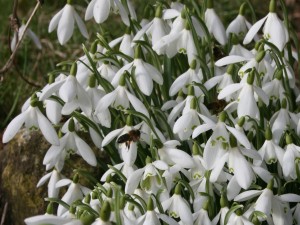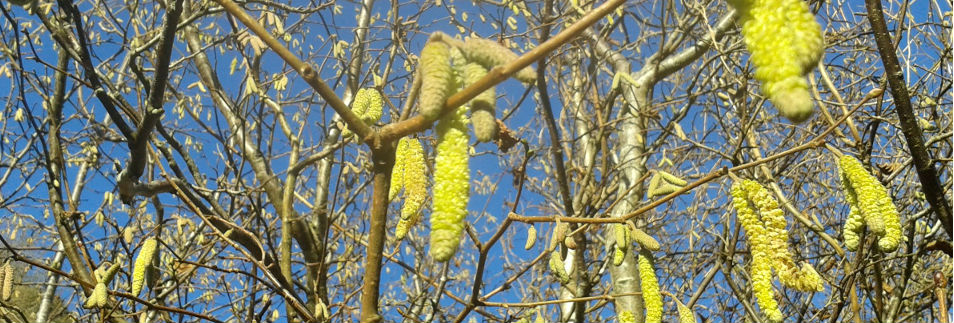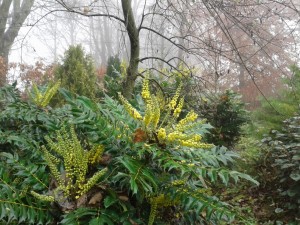It is the last day of the old year and the first snowdrops of the new year are showing through thanks to the wind and the rain.
Category Archives: Forage
Snowdrops
Early spring bulbs are beginning to show in sheltered places. The first flower for the bees is usually the snowdrop. There are many species but the native in these parts is Gallanthus nivalis – coming into bloom perhaps as early as December but more commonly from January through to March. While not an important crop, the bees will visit snowdrops any mild or sunny day for a little nectar and of course pollen which is good for the bees but also cheering for the beekeeper to watch. Pollen loads are orange.
Copyright © Beespoke.info, 2014. All Rights Reserved.
Bee Trees – Hazel (Corylus avellana)
The Latin name for hazel is Corylus avellana, Corylus from the Greek korys meaning helmet – a reference to the tough, helmet-shaped nutshell and avellana from the Italian town Avella where the nuts were once cultivated. Continue reading Bee Trees – Hazel (Corylus avellana)
Christmas Catkins
Hazel catkins flowering near Inistioge on Christmas day – that’s the earliest I can remember. The bees will be all over those if we get any warm weather. There’s no nectar of course – hazel being wind-pollinated but the bees always appreciate fresh pollen.
Weather Warming Warning
The bees were very active over the weekend in the unseasonably mild weather. It is nice to see them so busy on the Mahonia and the late ivy, which is still in bloom here, but it is possible that it could scupper our hopes of a successful midwinter mite-cull. The bees will be bringing in nectar and little packets of fresh pollen which could get the queen laying. Should this occur then sealed midwinter brood would act as a refuge for Varroa and when we come along with our oxalic acid in a couple of weeks time they will be safely tucked away and the effects of the treatment will be minimal. Continue reading Weather Warming Warning
December Bees
It’s December, eight degrees C and the bees are very busy – quite a loud hum out there. The ivy is still flowering and there is the usual horrible smell if you stand anywhere near it so we have to assume the bees are still working it. And they have the car windscreen well spattered with bee dung – fortunately I didn’t have any washing out but then who does in December?
They’re all over the Mahonia as well.
How do people get through winter without bees!
Bees and Mahonia
Rather a murky late winter’s day, 8 degrees C and misty with it. Despite that, the bees were flying quite strongly at around noon when I took this photo.
This is Mahonia, a very tough flowering shrub which the bees love. Some Mahonias are scented but this one isn’t – I think its full name is Mahonia x media ‘Charity’. Mahonias like this one come from North America originally but are now well established in parks and gardens everywhere – which is good for the bees. It is sometimes known as Oregon grape as the fruits look like grapes, being dark blue with an attractive bloom like sloes, or grapes – not edible though I think.
The bees don’t get a crop from it – obviously – but it really seems to cheer them up in the winter. It cheers me up too. It flowers from mid-November though to mid-January and whenever the temperature climbs sufficiently they will venture out and forage for a little fresh pollen or nectar.
Mahonias need to be cut back regularly in the spring after flowering to keep them from getting too leggy. You can be quite savage with them as they are very tough but aim to take about 25-30% of the stems down per year. The bits you cut off can be stuck in the ground and about 30% of them will root.
Click here for Bee Trees – Hawthorn
Click here for Bee Trees – Hazel
Click here for Bee Trees – Ivy
Click here for Bee Trees – Horse Chestnut
Click here for Bee Trees – Sycamore
Click here for Bee Trees – Willow
Click here for Bee Trees – Lime
Click here for Bee Trees – Poplar
Copyright © Beespoke.info, 2014. All Rights Reserved.
Propolis
Propolis is a word with Greek roots. Pro means before and polis means city. The reason propolis is called propolis is that the bees will use it to narrow the entrances to their cities (hives). The bees also use propolis to waterproof their hives from the inside or to glue down anything that is loose.
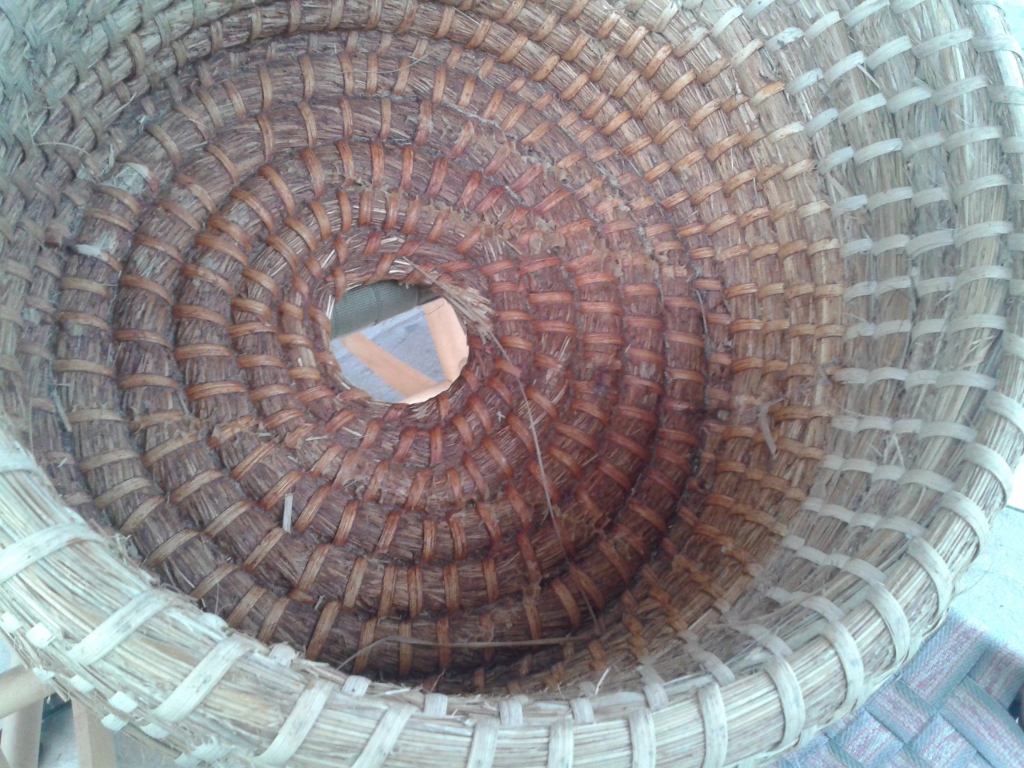
While they do tend to rely on the sticky exudations of plants they can and will bring home anything sticky such as wet paint, tar or even bubblegum. Fortunately, though they tend to prefer the natural gums that coat the buds of some trees for example the horse chestnut (Aesculus hippocastanum) or poplars (Populus spp). If you want to know what propolis smells like – stand beneath some poplars in March or April on a sunny day and that wonderful resinous smell is propoplis. If it is a warm day listen carefully and you may hear the bees at work.
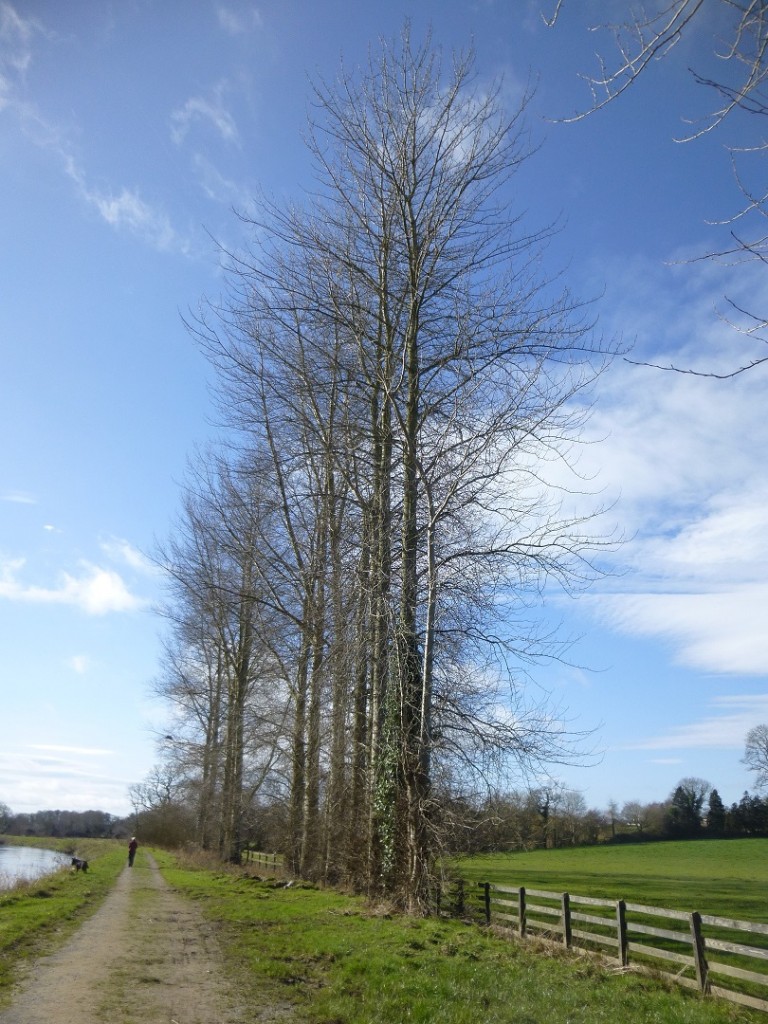
They will also gather the resins that ooze from softwoods. Amber is a fossilised resin and samples have been found with bees trapped inside. Those ancient must have gone out one sunny day millions of years ago to get some propolis and got stuck there they are for us to marvel at today. A neighbour of mine once cut down a line of cypress trees in the middle of summer – the stumps continued to ooze sap and that year my hives were absolutely gummed to the gills with it.
Bees gathering propolis are bees on a mission – they have detected a draught or something loose and they head out for something to fix that with. When they find something sticky – and they’re not over fussy – they pack it into their pollen baskets (corbiculae) and head for home.
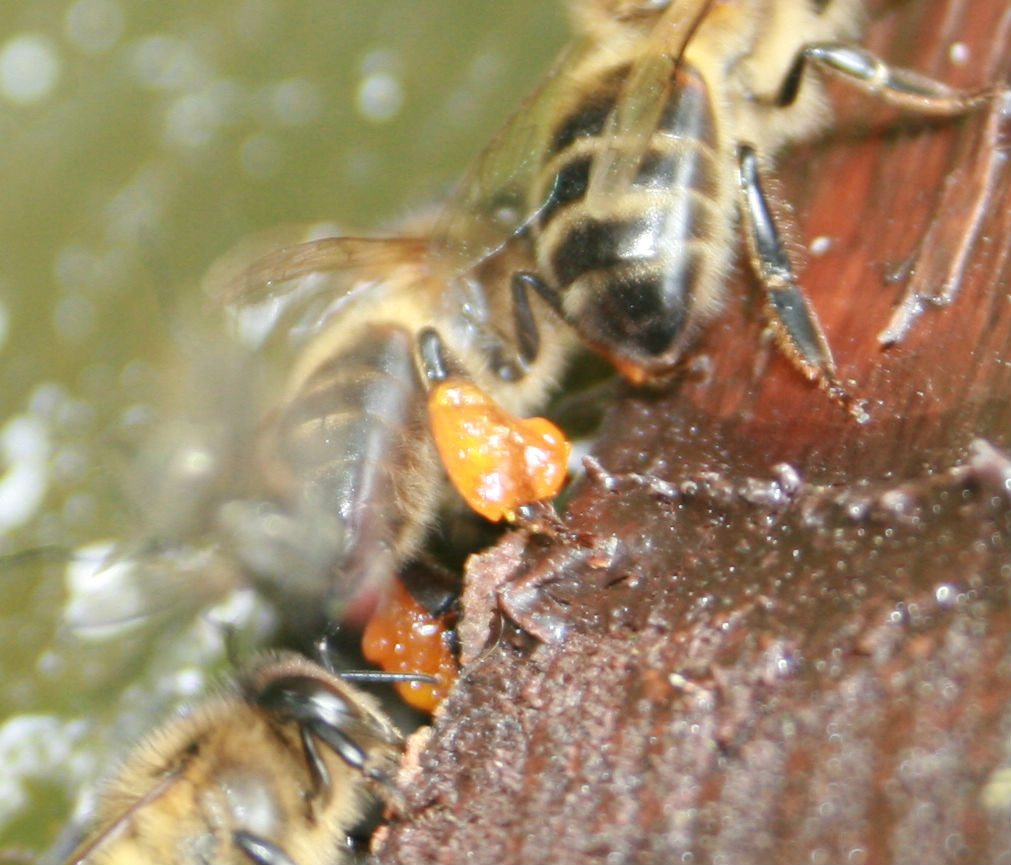
Depending on what they are up to they will either mix it with beeswax or use it neat.
In its pure form it is a reddish gum with a wonderful resinous aroma. In the summer it has a gluey consistency and it is a nuisance to beekeepers and bee breeders – in this part of the world anyway – will select against propolis gathering.
In winter when it is cold, propolis is quite brittle and is easily chipped or scraped off hive parts. If you want to harvest some nice pure propolis, spread a sheet of gauze across the top bars of the hive under the crown board, when the bees have it packed with propolis, peel it off, fold it up and put it in the freezer. Next day remove the gauze from the freezer and crumple it up over a sheet of newspaper – all the little squares of propolis will fall out onto it.
Apart from its stickiness, propolis has other properties. It is an anaesthetic which used to be used by dentists and it has antibacterial and antifungal activity so when they line the hive with it they are applying a protective shield around it – it even hinders the beekeeper.
If you want to test the anaesthetic properties – chew a small piece and you will feel a numbness in the lining of your mouth. Don’t try too big a piece or you may find your teeth all glued together.
Copyright © Beespoke.info, 2014. All Rights Reserved.
Ivy Honey
Winter is coming but when the temperatures is up – 14 degrees C or so – the bees will continue to work the ivy (Hedera helix) especially in sunny intervals. It flowers between September and November – even December in a very mild year. They can take quite a crop from the ivy and it is great fodder for the winter. You will know if your bees are working it because there will be lots of yellow pollen going in which will give the bees a great boost Click here for a pollen load picture or click the photo below for a close up. Standing by the hives the reek of the ivy honey can be very strong. Continue reading Ivy Honey
